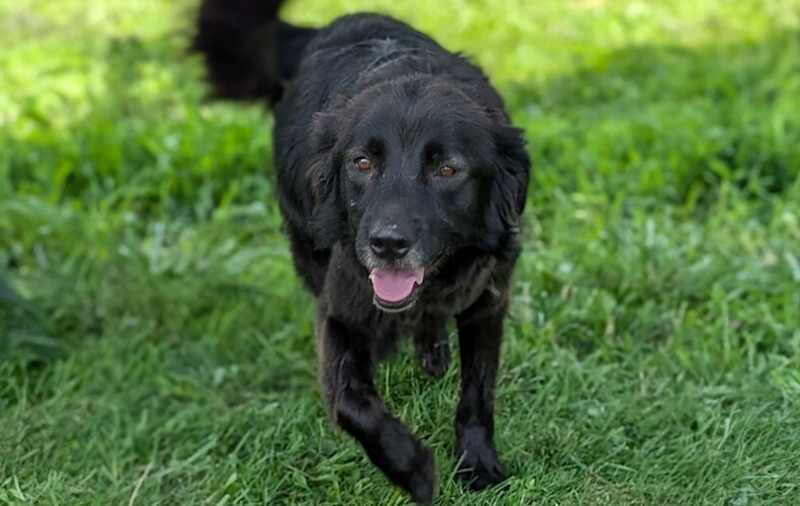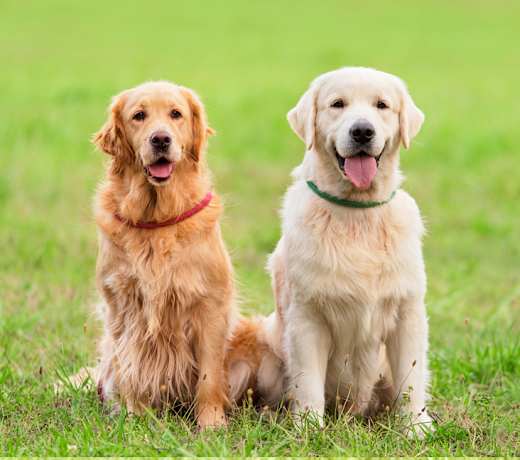Flat-Coated Retrievers are large-sized dogs. Flat-Coated Retrievers typically stand 22 to 23 inches tall and weigh 51 to 87 pounds, while females weigh 51 to 65 pounds.
Compared to other retriever breeds, they are generally less stocky and slightly taller than Labrador Retrievers but similar in size to Golden Retrievers. Flat-Coated Retrievers are usually fully grown by around two years of age. Of course, genetics, health, and the development of each dog can result in size variations.







